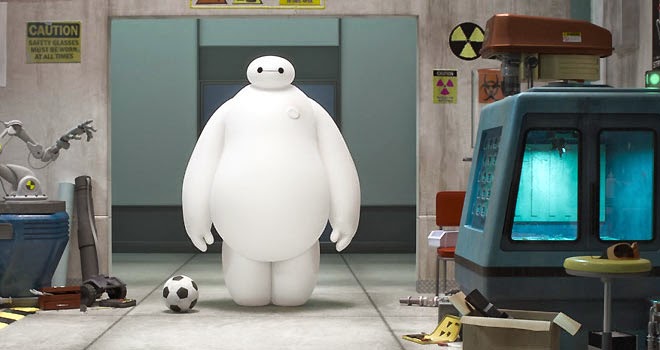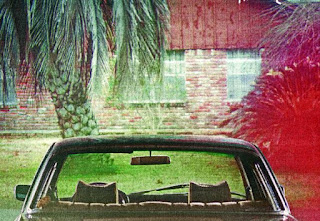Big Hero 6 Review
Larger than life
Film review by Isaac Handelman
In a drastic departure from the return-to-fairytale-roots of last year’s Frozen, Disney’s latest animated effort, Big Hero 6, takes its inspiration from an obscure Marvel Comics property dating back to the late 1990s. The film’s geeky origins have been watered down to appeal to a family-oriented audience, but Big Hero 6 still packs enough charm and ingenuity to stand out as a solid Disney effort, and one that’s sure to have a wide demographic appeal.
Big Hero 6 is full of characters, but the true star of the show is the setting. The bluntly named “San Fransokyo” is a gleaming metropolis that blends elements of eastern and western culture in a way that’s rarely seen. The combination of beautiful Californian vistas with Japanese urban influences makes for a refreshing change of scenery and plenty of creatively designed environments. It’s the sort of one-of-a-kind place that makes me yearn for a sequel just because I want to see more of it.
Inhabiting the strange and wonderful city is fourteen-year-old Hiro Hamada. Hiro is a tech prodigy who, much to the behest of his big brother Tadashi, is more content showing up thugs in the realm of underground “bot-fighting” than he is with doing something to make a difference in the world. Tadashi, who’s enrolled at San Fransokyo’s leading technological institute, introduces Hiro to his group of quirky college friends. We also meet Baymax, a medical bot designed by Tadashi who turns out to be a standout of the film (and who will likely be responsible for the bulk of Big Hero 6’s toy revenue). Soon enough, the group bands together, donning some impressive homemade costumes, to combat a mysterious villain.
The main cast of characters is unique, with most of them managing not to fall completely into established archetypes, but Baymax is bound to be almost everyone’s favorite. He stands out from the crowd of overbearingly “cute” characters that dominate today’s animated offerings, possessing true personality despite his robotic predisposition. Scott Adsit should be credited for his stellar voice work here; his stilted delivery and energetic tone perfectly capture the robot’s eternally good intentions.
In many areas, Baymax is Big Hero 6’s strongest asset. He proves apt for plenty of hearty comic relief, including an especially hilarious sequence wherein his low battery level impedes upon his motor skills and slurs his speech. There’s also a surprisingly sophisticated moral dilemma surrounding Baymax that presents around two-thirds of the way through the film, but unfortunately isn’t allocated enough time to fully flesh out its implications.
Instead, Big Hero 6 chooses to focus more of its energy on furthering the predictable main conflict. I actually guessed the film’s “big twist” about twenty minutes in, removing most of the mysteriousness that was supposed to pervade the narrative. That would’ve been okay if the conflict was compelling beyond its shrouded truths, but it’s not. The central narrative thread fails to gain the emotional investment of the audience because it doesn’t adequately tie in with Big Hero 6’s two greatest strengths: its characters and its setting.
The film is far more enjoyable when it’s not concerned with advancing its central plot. The first half of the film consists mostly of introductions and explorations of San Fransokyo itself, and this section is undoubtedly Big Hero 6’s strongest. Once the characters acquire their superpowers, things actually get considerably less compelling and more by-the-books for modern CGI outings. Thankfully, Big Hero 6 does slow down several times during its latter half.
Containing the word “hero” in its title, you’d expect Big Hero 6’s main strengths would be its bombastic action and adventures. Instead, the film’s mellow moments, during which its characters are simply interacting and exploring the city, are absolute joys. That’s wonderfully refreshing in the short run, but also concerning considering that this potential franchise will be all superpowered, all the time from here on out.







Comments
Post a Comment